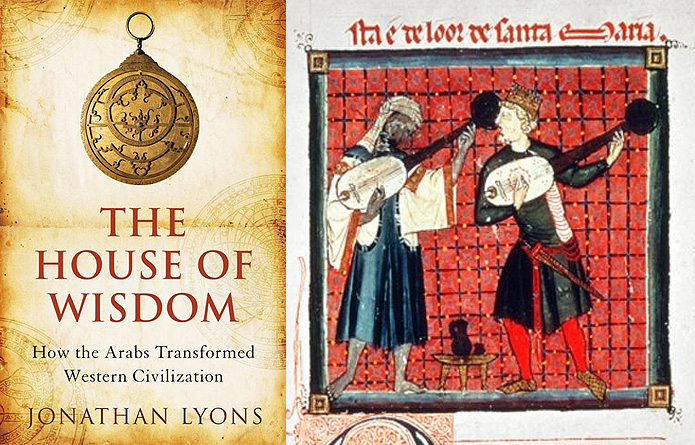Al-Zahrawi's medical encyclopaedia, used in Europe's Universities from the 12th-17th century, discusses under-arm deodorants, hair removing sticks, hand lotions, hair dyes, hair care, suntan lotions, remedies for bad breath, nasal sprays and much more.


He wrote a monumental work, a medical encyclopaedia entitled Al-Tasreef, in 30 volumes, which was translated into Latin and used as the main medical textbook in most Universities of Europe from the 12th-17th century. This book influenced many authors in both the East and in Europe.
In the 19th volume of Al-Tasreef a chapter was devoted completely to cosmetics and is the first original Muslim work in cosmetology.
Zahrawi’s contribution to medicated cosmetics include under-arm deodorants, hair removing sticks and hand lotions. Hair dyes are mentioned turning blond hair to black and hair care is included, even for correcting kinky or curly hair. He even mentioned the benefits of suntan lotions, describing their ingredients in detail.
For bad breath resulting from eating onions and garlic he suggested cinnamon, nutmeg, cardamom and chewing on coriander leaves. Another remedy for bad breath was fried cheese in olive oil seasoned with powdered cloves.
In the book he also included methods for strengthening the gums and bleaching the teeth.
Zahrawi considered cosmetics a definite branch of medication (Adwiyat Al-Zinah). He deals with perfumes, scented aromatics and incense. There were perfumed stocks rolled and pressed into special moulds, perhaps the earliest antecedents of present day lipsticks and solid deodorants. He used oily substances called Adhan for medication and beautification. There are many Hadiths of the Prophet (pbuh) which refer to cleanliness, management of dress, and care of hair and body. On this basis Zahrawi described the care and beautification of hair, skin, teeth and other parts of the body, all within the boundaries of Islam.




Zahrawi even suggested keeping clothes in an incense-filled nook so that they would have a pleasant fragrance for the wearer. These days the same is achieved by detergents and washing powders and conditioners such as “Lenor”.
The tradition of taking flowers to the sick in hospital is not a recent social trend because Zahrawi advocated this custom a thousand years ago.
There is a street in Cordoba in tribute to Al-Zahrawi named “Calle Albucasis” – the street of Abul Qasim or Al-Zahrawi. House number 6 is preserved today by the Spanish Tourist Board. A bronze plaque, awarded in January 1977 reads: “This was the house where lived Abul-Qasim.”
Further reading:
1- Bulletin of the History of Medicine, Baltimore (1965).
2- Spanish Islam – R Dozy
3- Moorish Culture in Spain – Titus Burckhardt (1972) George Allen & Unwin, London.
4.6 / 5. Votes 156
No votes so far! Be the first to rate this post.


Muslim Heritage:
Send us your e-mail address to be informed about our work.
This Website MuslimHeritage.com is owned by FSTC Ltd and managed by the Foundation for Science, Technology and Civilisation, UK (FSTCUK), a British charity number 1158509.
© Copyright FSTC Ltd 2002-2020. All Rights Reserved.
